1. Signet Rings
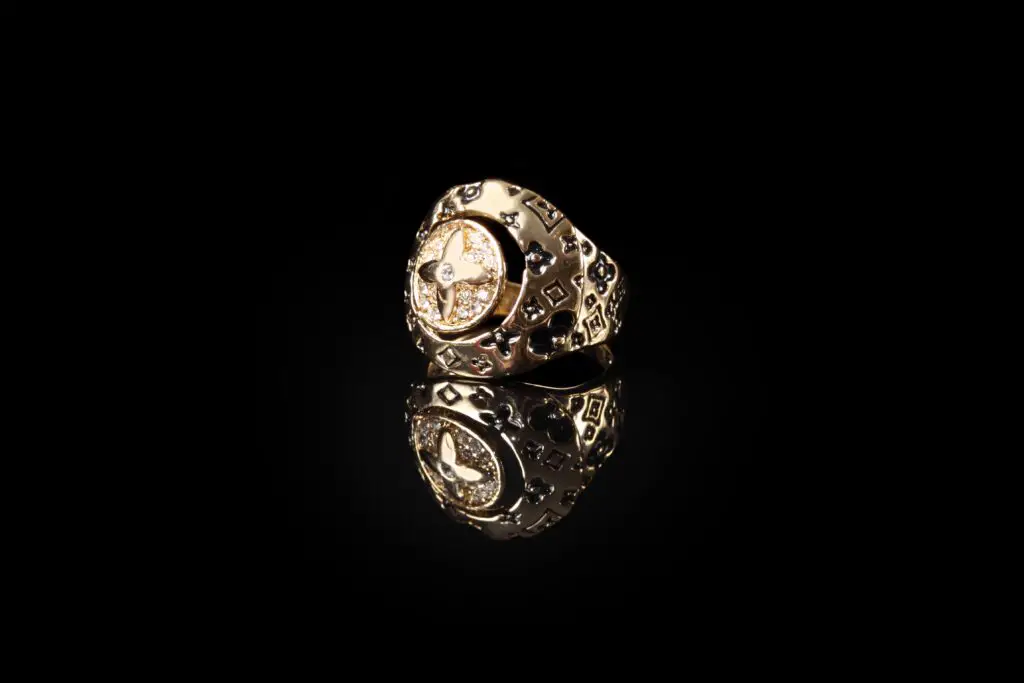
Signet rings have been around for centuries, quietly marking their wearers as people of status. Originally, these rings bore family crests or unique seals that were pressed into wax to authenticate documents. In the days before widespread literacy, a signet ring was as good as a signature—and only the wealthy or powerful had one. Even as their practical use faded, they remained a symbol of heritage and class. Some families passed them down through generations, making them even more meaningful. Today, they still hint at old money or a deep-rooted family legacy says Harper’s BAZAAR.
While some people wear them simply as stylish accessories, others know they carry a history of exclusivity. Royals and aristocrats have long sported them, reinforcing their elite status. Even modern versions, often monogrammed or engraved, carry that same air of quiet sophistication. Seeing one on someone’s finger might make you wonder if they have a family estate somewhere or an impressive lineage adds GQ.
2. Pearl Necklaces
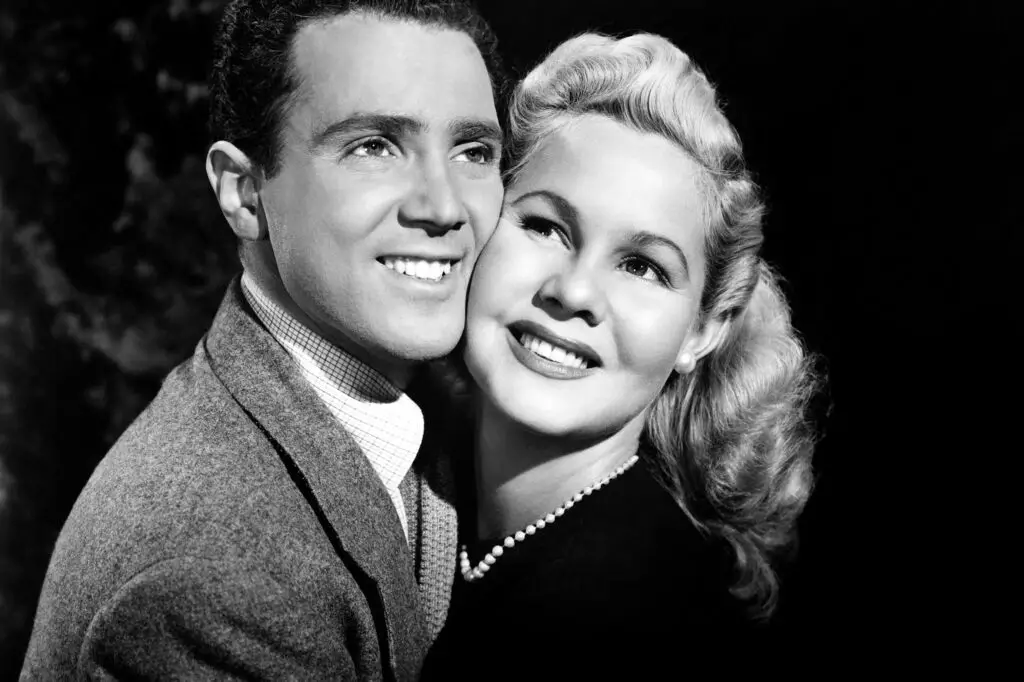
A strand of pearls might seem simple, but it has long been a sign of refined elegance. In many cultures, pearls were rare and expensive, often gifted to young women as they entered society. The association with wealth came from the fact that natural pearls were difficult to harvest, making them a luxury few could afford. Even today, real pearls—especially perfectly matched strands—are not cheap says PEOPLE.
Beyond wealth, pearls were also tied to morality and purity. They were seen as the ideal accessory for women of good upbringing, often worn on special occasions like weddings or debutante balls. Many grandmothers passed their pearls down as heirlooms, further cementing their status as a symbol of propriety. A pearl necklace wasn’t just a fashion choice—it was a statement about a woman’s respectability adds WWD.
3. Mourning Jewelry
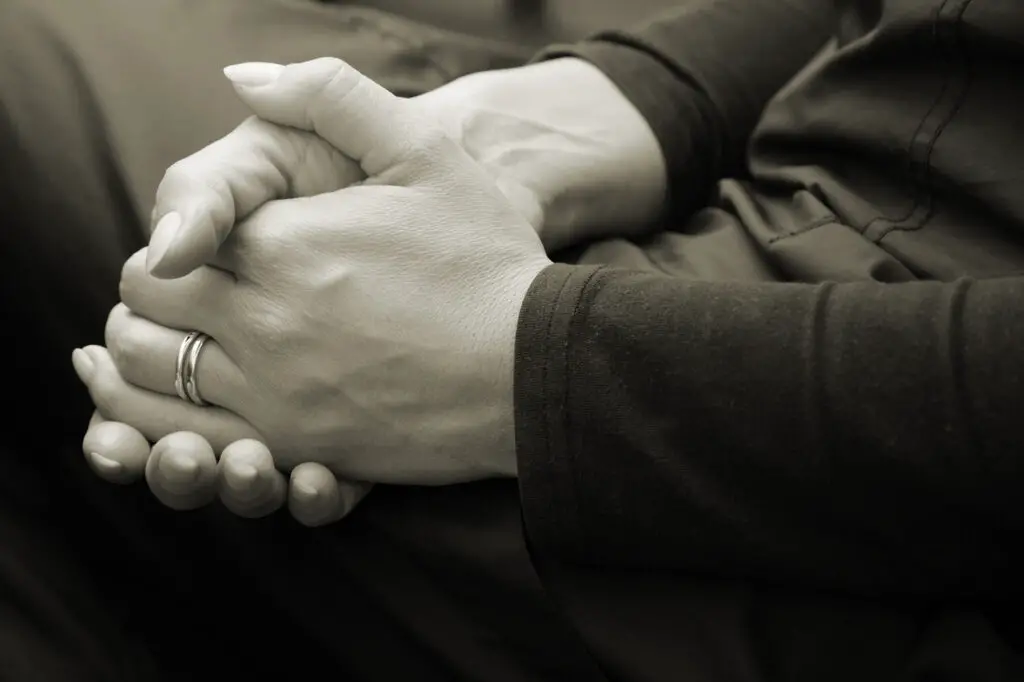
Wearing jewelry made from or containing a loved one’s hair may sound odd today, but in the Victorian era, it was a touching tribute. Mourning jewelry often featured lockets with hair woven into intricate designs, jet-black stones, or engraved names and dates. It allowed people to grieve while keeping their loved ones close, both literally and symbolically. Queen Victoria popularized the trend after Prince Albert’s death, ensuring it became a widespread practice among the upper classes.
This jewelry wasn’t just about mourning—it also signaled devotion and moral character. A widow wearing black jet jewelry, for instance, showed that she honored her late husband and was adhering to societal expectations. It was a visual cue of her virtue and dedication, making her grief visible in a dignified way. Today, these pieces are collectors’ items, but they still carry an air of sentimental value and quiet reverence.
4. Wedding Bands
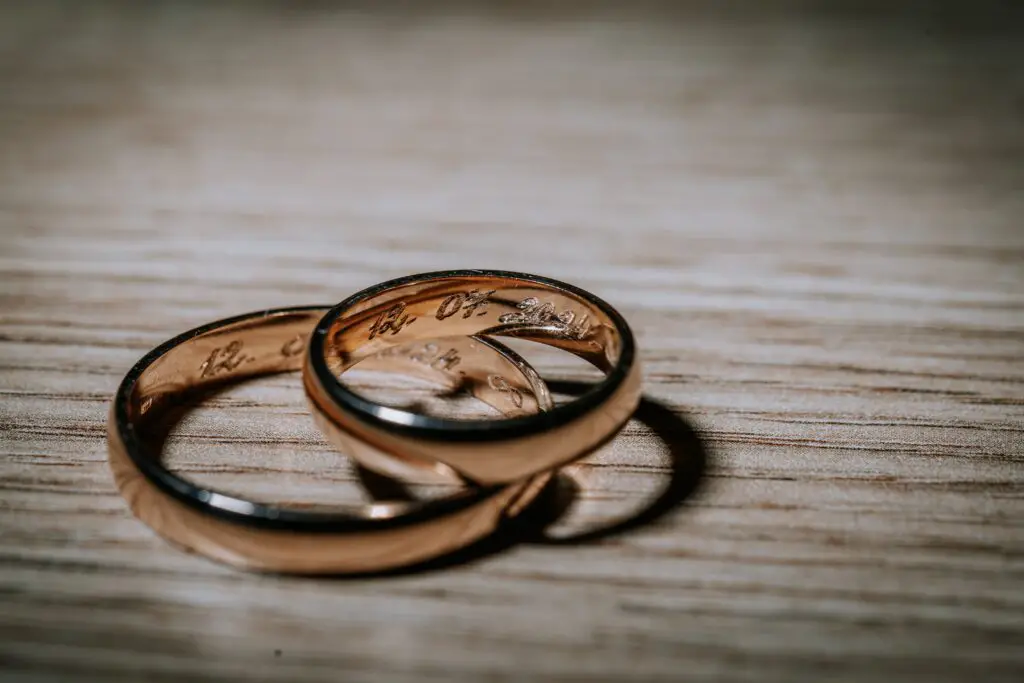
Wedding rings are one of the most universal symbols of commitment, but they also historically signaled wealth. Gold and platinum bands, in particular, have always been associated with financial stability, as not everyone could afford precious metals. Some rings even featured intricate engravings or diamonds, further highlighting the wearer’s social standing.
Beyond wealth, wedding bands conveyed a strong moral message. A simple band declared loyalty and fidelity, making it an outward sign of someone’s marital status. In some societies, not wearing one could raise eyebrows, especially for women. Even today, the absence of a wedding ring can lead to speculation, showing just how powerful this small accessory has always been.
5. Pocket Watches
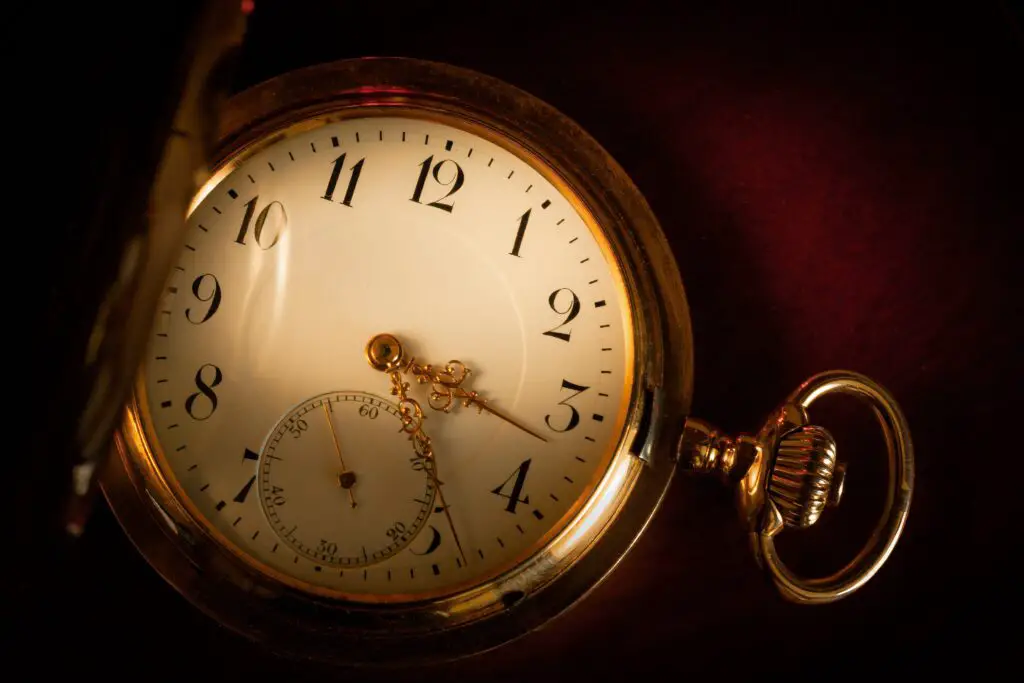
Before wristwatches became the norm, a pocket watch was a serious status symbol. A finely crafted gold or silver watch was a sign of wealth and sophistication, often carried by businessmen, aristocrats, and even royalty. Many were elaborately decorated or engraved, showing off the owner’s personal style. Some were family heirlooms, passed down from generation to generation, making them even more meaningful.
Owning a pocket watch also suggested a certain level of responsibility and moral character. In an era when punctuality was equated with discipline and reliability, having an expensive timepiece meant you valued order and professionalism. A man who pulled out a gold watch to check the time wasn’t just being practical—he was making a statement about his place in society.
6. Lace Gloves
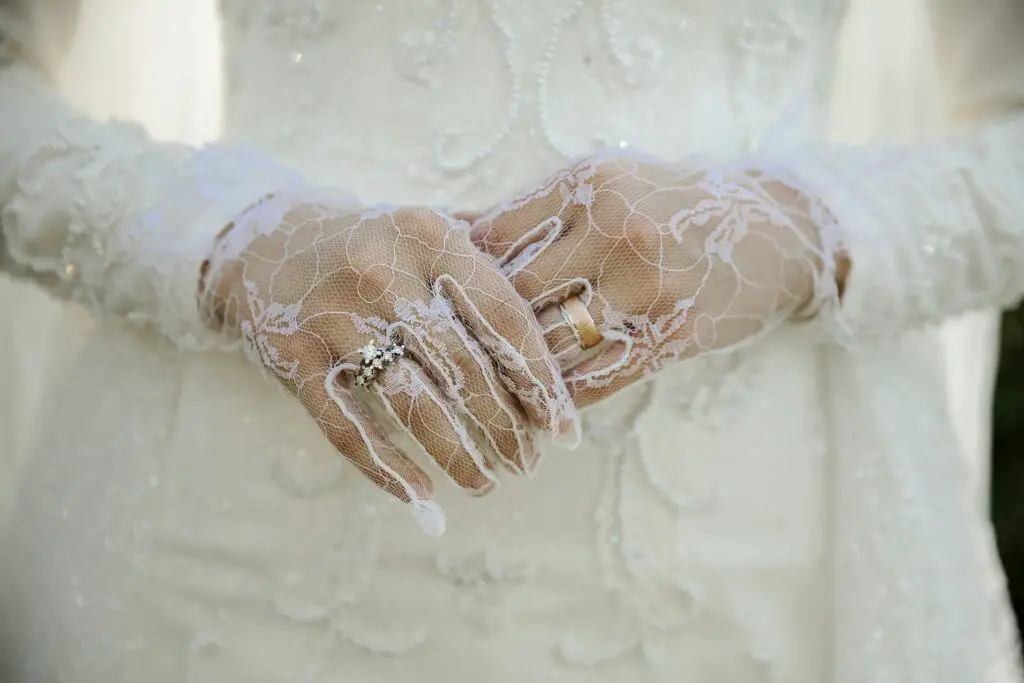
Lace gloves weren’t just about fashion—they were a symbol of refinement, wealth, and social status. In the 18th and 19th centuries, delicate lace was painstakingly handmade, making it expensive and exclusive. Women who wore them signaled that they had money to spend on luxury rather than manual labor. Soft, unblemished hands were a mark of aristocracy, and gloves helped maintain that distinction.
Beyond wealth, gloves were associated with modesty and morality. Covering one’s hands was seen as a mark of respectability, particularly for young women. In some cultures, the removal of a glove in front of someone could be an intimate or defiant gesture. They might seem like a small detail, but lace gloves carried a lot of unspoken meaning.
7. Cameo Brooches
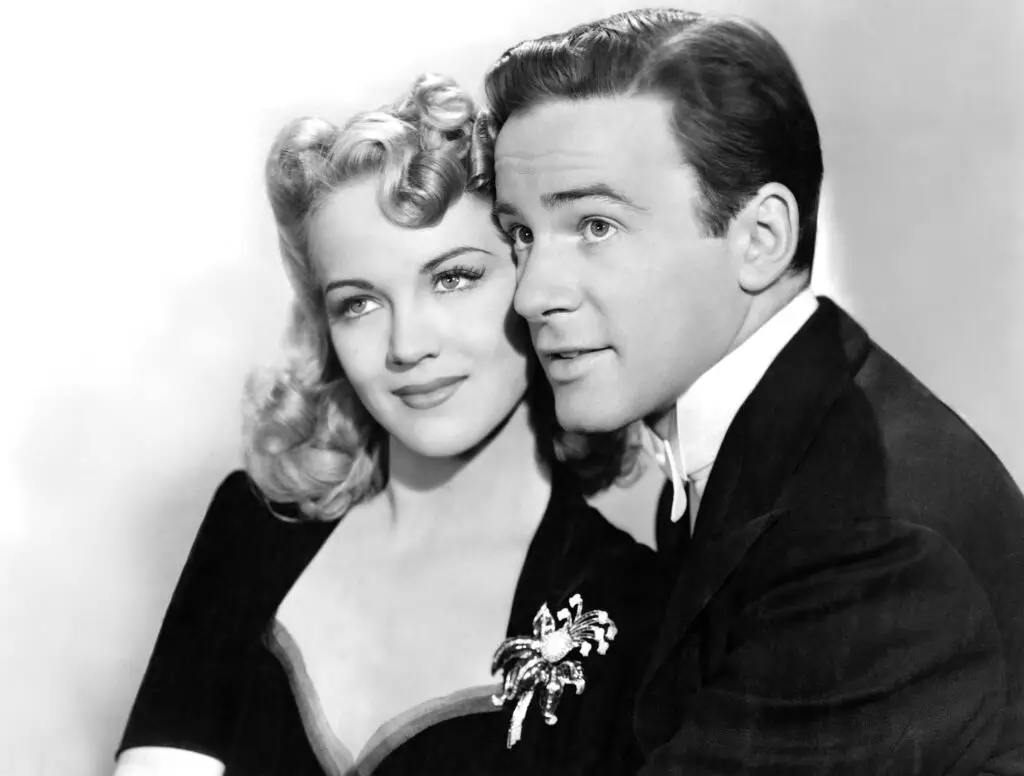
Cameos were more than just pretty accessories—they often indicated wealth and cultural sophistication. These carved portraits, usually made of shell, stone, or coral, were prized for their craftsmanship. Owning one meant you appreciated fine art and had the means to acquire it. Many were custom-made, featuring the profiles of loved ones or even mythological figures.
Cameos also symbolized virtue and femininity. Women of good standing wore them as a nod to classical beauty and refinement. A well-placed cameo brooch on a high-collared dress suggested grace, intelligence, and a connection to tradition. Even today, they have an air of vintage elegance, linking their wearers to a more genteel past.
8. Cufflinks
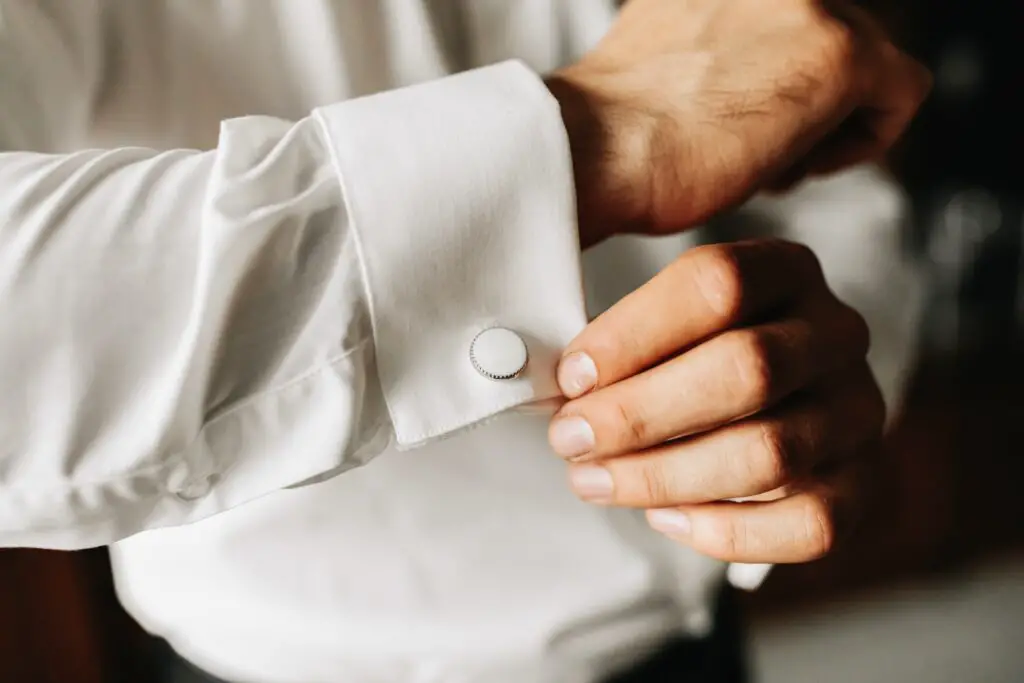
Cufflinks were a subtle but effective way to signal wealth, particularly when made of gold, platinum, or adorned with gemstones. A man with monogrammed or jewel-encrusted cufflinks likely had money to spare. Unlike simpler buttons, cufflinks required special tailored shirts, which added another layer of exclusivity.
Beyond status, cufflinks also indicated a certain level of refinement. Wearing them suggested attention to detail and a sense of decorum. In business and social circles, a well-dressed man with elegant cufflinks was often perceived as trustworthy and capable. Even now, they remain a quiet marker of success.
9. Fur Stoles
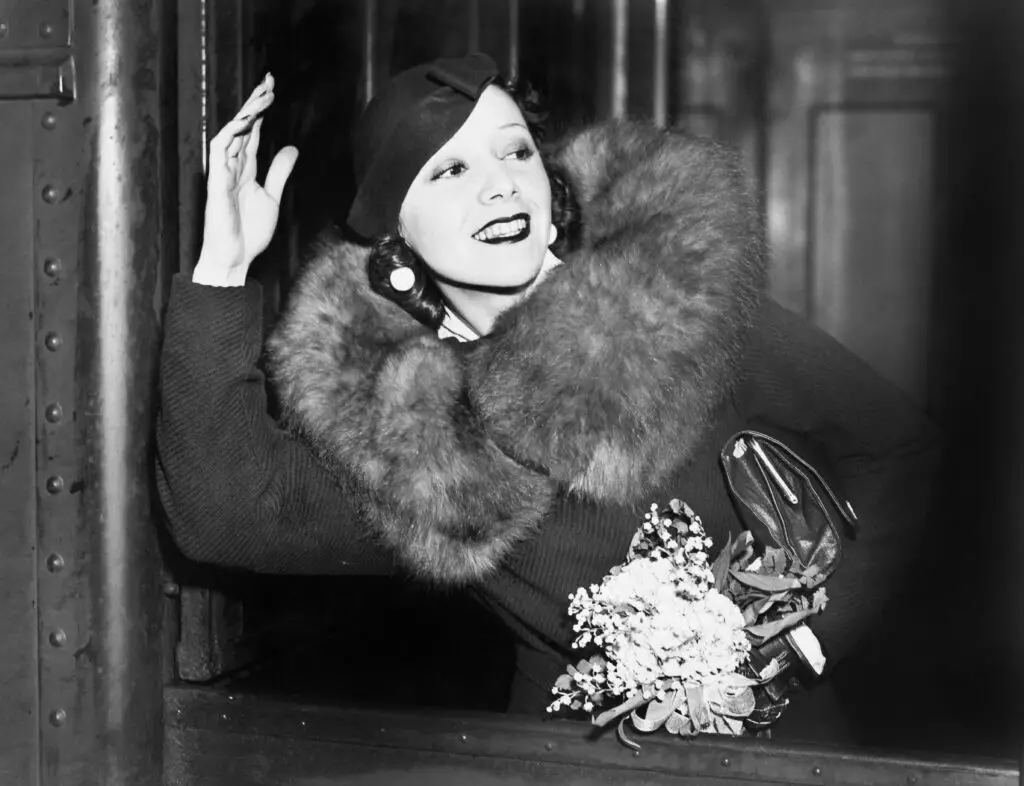
A fur stole draped over the shoulders instantly conveyed luxury and status. In the past, real fur was difficult to acquire and required skilled craftsmanship to turn into wearable fashion. Mink, fox, and sable were particularly sought after, with only the wealthiest women able to afford full-length fur pieces. These lavish accessories weren’t just about keeping warm—they were a clear sign that the wearer had both money and taste.
Beyond wealth, fur stoles were associated with femininity, elegance, and social class. Women of high society were expected to dress a certain way, and fur added an extra layer of refinement. It wasn’t just for show, though—wearing fur also implied that a woman’s husband or family could provide for her. Even today, despite ethical concerns surrounding fur, vintage fur stoles still carry an air of old-world glamour and sophistication.
10. Chatelaines
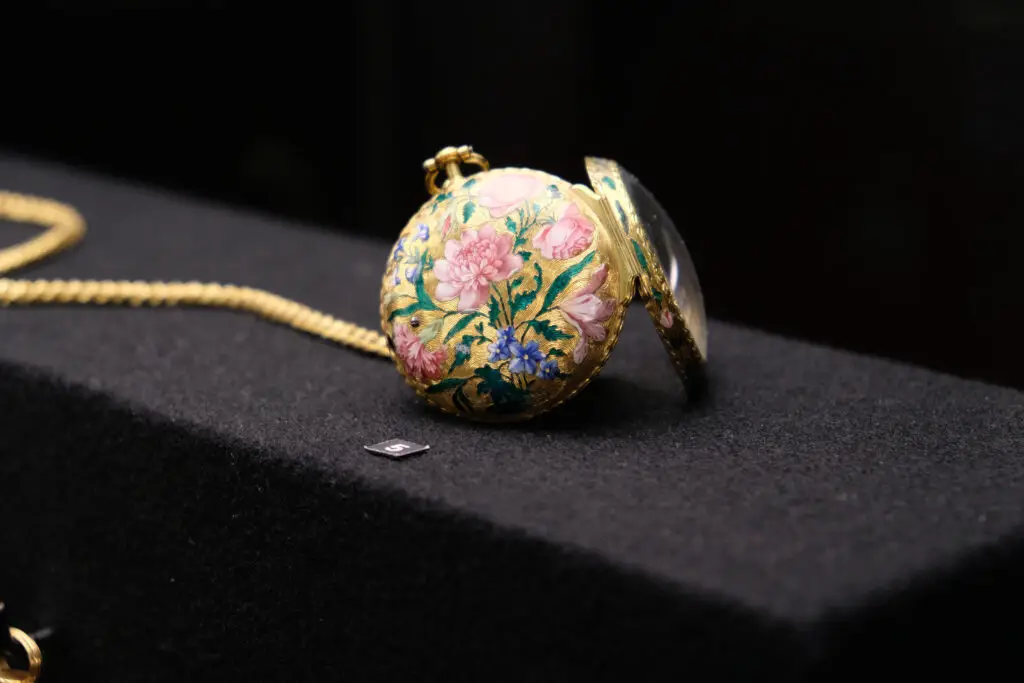
Before purses became common, women carried chatelaines—a decorative clasp with chains that held small essentials like keys, scissors, or a sewing kit. These accessories weren’t just practical; they also symbolized a woman’s role and responsibility within the household. A woman with a well-adorned chatelaine was likely the mistress of a well-run home, signaling both her efficiency and her social standing. The more elaborate and well-crafted the chatelaine, the wealthier and more organized she was perceived to be.
Beyond household duties, chatelaines also carried moral significance. A woman wearing one was seen as disciplined, practical, and capable—traits that were highly valued in past societies. In some circles, a chatelaine was even considered a mark of virtue, as it showed that a woman was dedicated to her family’s well-being. While they eventually faded out of everyday fashion, antique chatelaines remain a fascinating relic of a time when accessories spoke volumes about a person’s character.
11. Rosaries
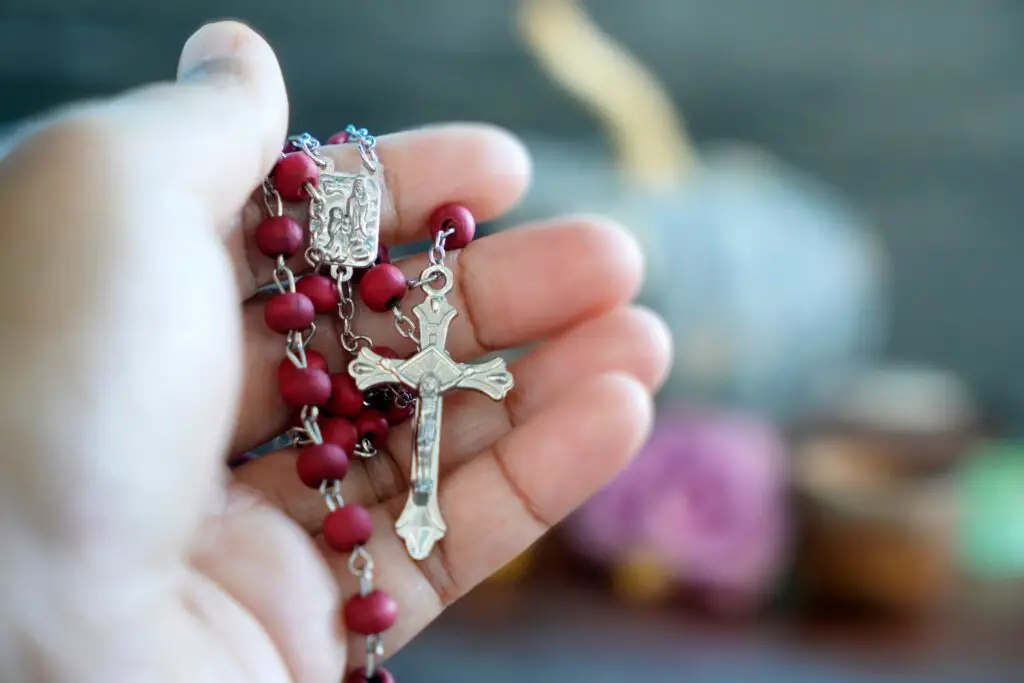
Rosaries worn visibly weren’t just religious symbols—they also signaled piety, morality, and sometimes even social class. A finely made rosary, crafted from silver, gold, or precious stones, suggested that the owner had both wealth and deep religious commitment. In Catholic societies, carrying a rosary publicly could indicate that a person was devout and actively engaged in their faith. Some were passed down through generations, adding an extra layer of heritage and reverence to their significance.
Beyond personal belief, rosaries were often used to demonstrate a disciplined, prayerful life. A person who frequently fingered the beads in prayer was seen as someone of strong moral character. In some cases, religious figures and high-ranking church members carried ornate rosaries that set them apart from the general public. Even today, while rosaries are primarily used for prayer, they can still serve as a quiet indicator of faith and devotion.
12. Turquoise Jewelry
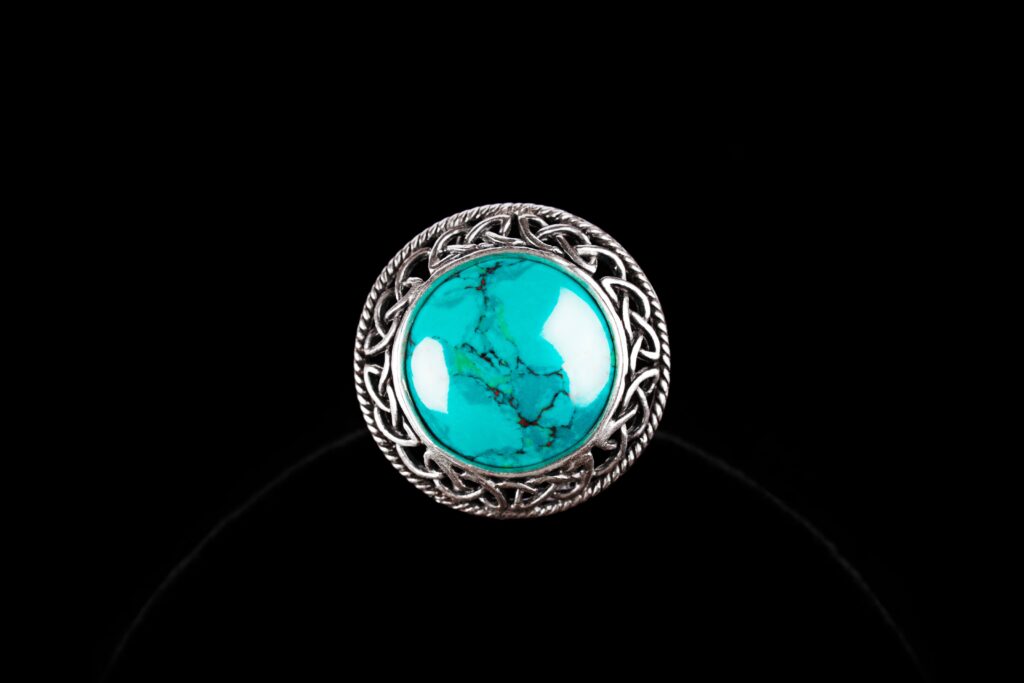
In some cultures, turquoise jewelry symbolized protection, status, and spiritual wealth. Native American tribes, Persians, and other societies prized turquoise for its vibrant color and supposed healing properties. The stone was believed to bring good fortune and ward off evil, making it more than just a fashion statement. Owning finely crafted turquoise pieces, particularly those set in silver or gold, suggested both spiritual and financial prosperity. Some cultures even reserved certain turquoise designs for leaders or religious figures, reinforcing their connection to power.
Beyond status, turquoise also indicated a deep connection to tradition and heritage. It wasn’t just about wealth—it was a sign of cultural identity and standing. A person wearing handcrafted turquoise jewelry often signaled their respect for ancestral craftsmanship and beliefs. Today, authentic, high-quality turquoise remains valuable, especially when sourced from historic mines or made using traditional techniques. It continues to hold meaning, blending style with a sense of history and spirituality.
13. Silver Belt Buckles
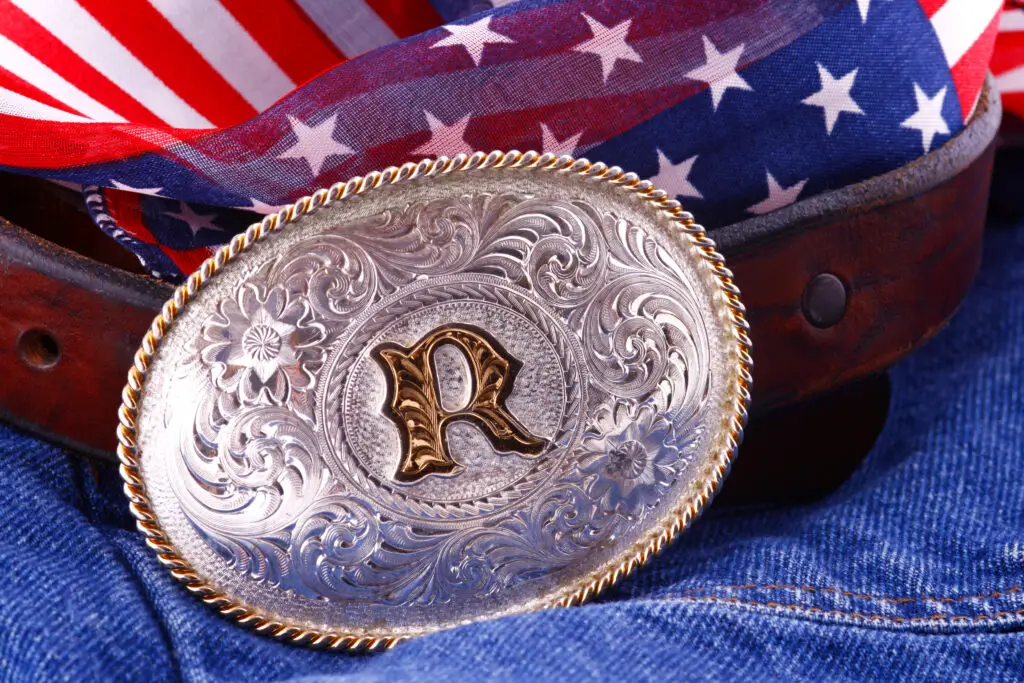
A high-quality silver belt buckle wasn’t just a practical item—it was a status symbol, especially in the American West. Cowboys, lawmen, and rodeo champions often wore large, engraved belt buckles to showcase their success and reputation. Unlike simple, functional belts, these were custom-made, often featuring initials, brands, or intricate designs that reflected the wearer’s achievements. The bigger and more ornate the buckle, the greater the prestige. Some buckles were even awarded as trophies in rodeo competitions, making them an unmistakable sign of skill and respect in certain circles.
Beyond the Western world, silver belt buckles were also prized in aristocratic European fashion. Wealthy men wore finely detailed buckles to complement their tailored outfits, subtly signaling refinement. Whether in cowboy culture or high society, a silver belt buckle was a quiet but powerful marker of identity. Today, vintage and custom-made buckles are still cherished, carrying both sentimental and monetary value. For those in the know, a well-crafted buckle says more than words ever could.
14. Eyeglasses with Gold Frames

In the past, gold-rimmed glasses weren’t just about better eyesight—they were about wealth, intellect, and social standing. Unlike the mass-produced glasses of today, early eyeglasses were handcrafted and expensive, making them accessible only to the wealthy. Gold frames were particularly desirable, as they were both durable and a clear sign of affluence. A person with gold-rimmed glasses wasn’t just someone with vision issues; they were someone who could afford the best. In many cases, they belonged to scholars, doctors, or businessmen, reinforcing the idea that intelligence and financial success often went hand in hand.
Beyond wealth, gold-framed glasses also carried an air of sophistication. A person wearing them was often perceived as scholarly, respectable, and even wise. In literature and film, characters with gold-rimmed glasses were frequently depicted as intellectuals or high-status individuals. Today, while eyeglasses are more accessible, vintage gold frames still carry a certain prestige. Whether worn for function or fashion, they remain a subtle nod to both refinement and success.
